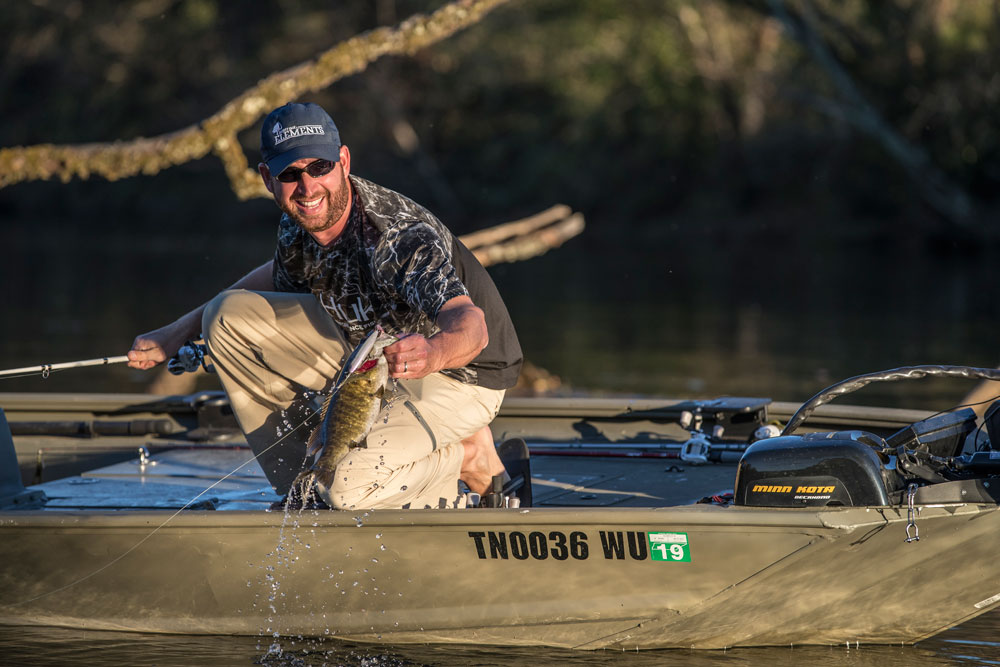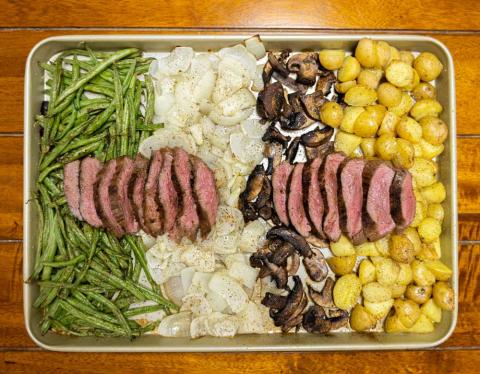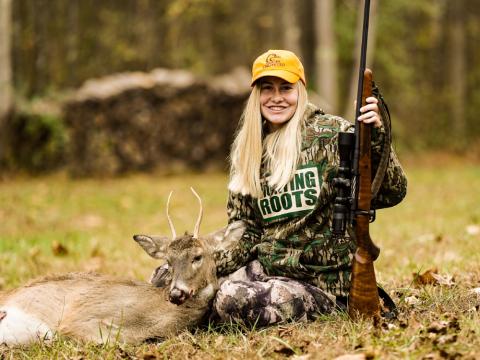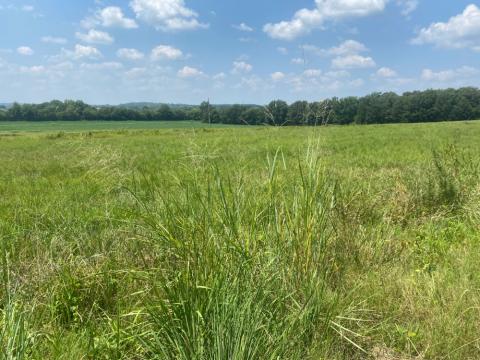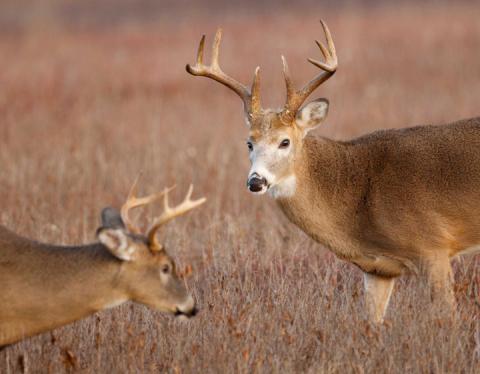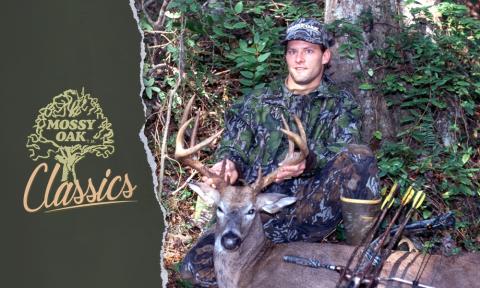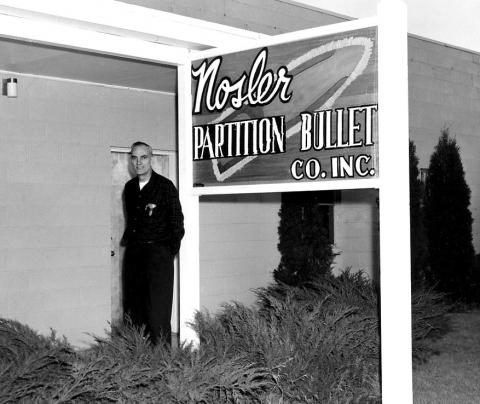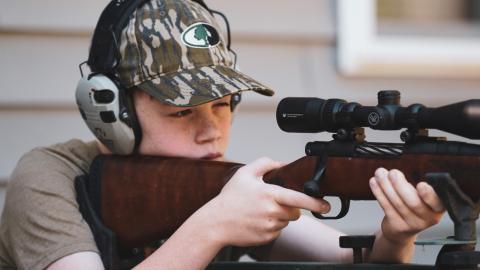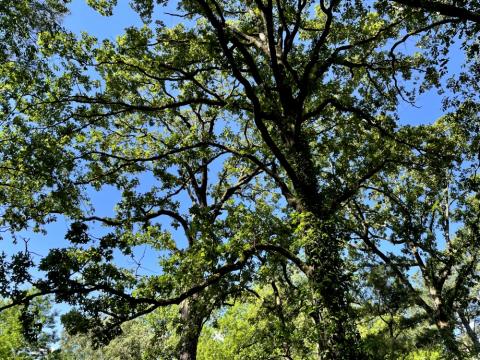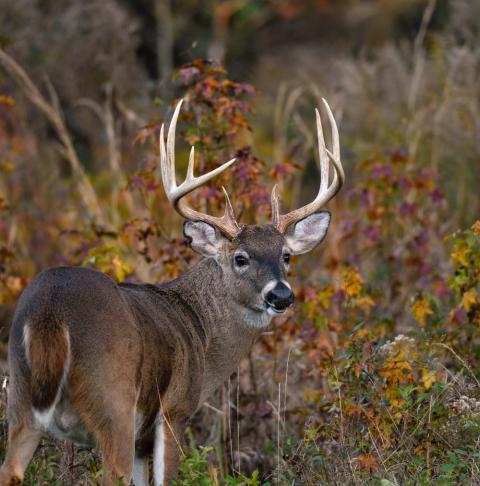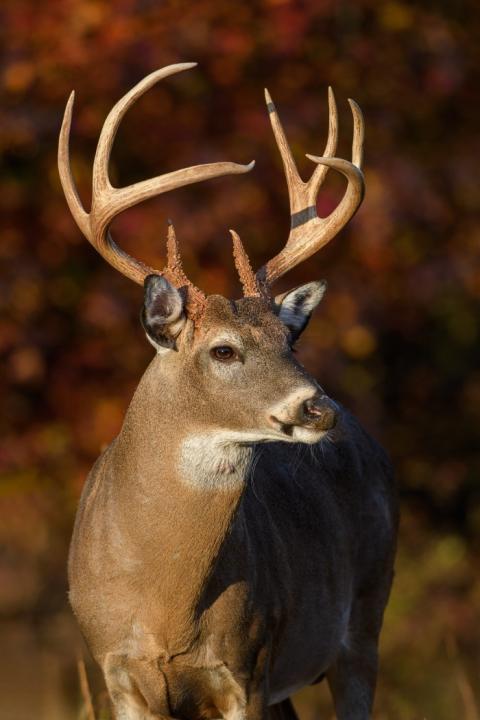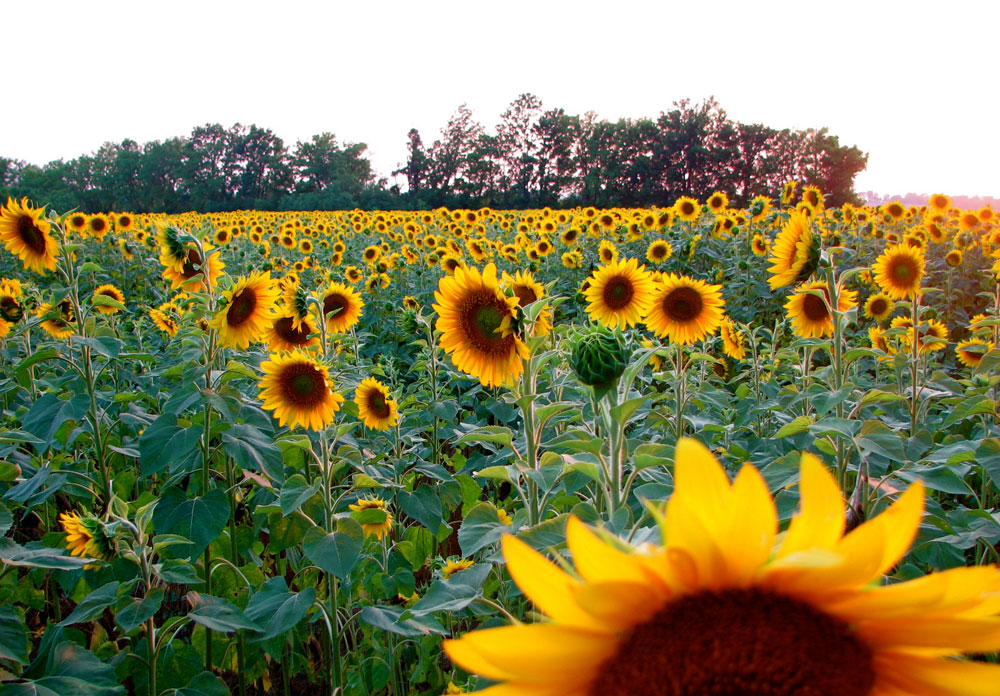
Dove hunting success in the field means preparing the field before the hunt. We all know there are many options for preparing a dove field. Wheat and millets, such as brown top, Japanese, proso, and foxtail, are common choices in this area. But my recommendation for a successful dove field is a sunflower field. At Prairie Wildlife, sunflower fields have resulted in better hunts than millet-planted fields. On our “opening hunt” in September, bird limits were common among participants. Here are some ideas for your next dove field.
Getting Started
A textbook plot begins with a clean slate. Doves do not like to feed in thick grass or weeds so soil preparation is a key. Your work should ideally begin a year before the hunt. I have found that you should disk and prepare your plots during the late fall (fall in the north), if you plan to use a drill or planter. By doing the prep work in advance, you get a jump start on the grass and weeds. You also help hold soil moisture in the plot to help the small plants through their most crucial period during the growing process.
When To Plant
Once spring arrives, it is ideal to plant your dove fields between April 1st and 20th here in Mississippi. Planting dates will be later the further north you go. It takes anywhere from 90 to 120 days for sunflowers to mature depending on the variety and where they’re planted north to south. After they have matured they'll need time to dry out, usually about a month before the season begins is sufficient. It all depends upon temperatures and moisture levels.
The Right Method
Most plots should be two to three acres minimally. I suggest going bigger; we all know bigger is better! Seeds can be broadcast or drilled and immediately followed by pre-emergent herbicide. Or, you can skip the pre-emergent and apply a heavy application of Roundup to the grass about a month before the season opens. This method actually resulted in the best field I’ve ever managed. If you choose the latter, you can cut a fire lane around the field and burn it. If your doves disappear for a few days, don’t worry. They’ll be back.
Although doves will feed on standing sunflowers, I choose to brushhog strips or certain areas around the field so it is easy to find downed birds when hunting. Of course, doves will feed just as well on the seed that has been knocked down, but clearing allows for a better experience for your hunters.
Your local extension office is a great resource for questions about planting rates and herbicide application.
Prairie Wildlife is the conservation-driven sporting estate in West Point, Mississippi, dedicated to upholding our sporting traditions through visionary conservation efforts and dedicated community involvement. You can contact Prairie Wildlife at http://prairiewildlife.com.
For more food plot tips, read “Overlooked Benefits of Planting Brassicas.” It’s common knowledge that Brassicas such as radish, rape, and turnips make for attractive deer food plots. However, as gamekeepers, we need to focus on more than just using food plots as a tool to bring deer in closer for a shot. So what are brassicas good for other than being a favorite fall/winter food item?
This article is courtesy of the GameKeepers Farming for Wildlife publication, a quarterly wildlife and land management magazine produced by the Mossy Oak GameKeepers. For more information on subscribing or joining visit Mossy Oak GameKeepers Club.














